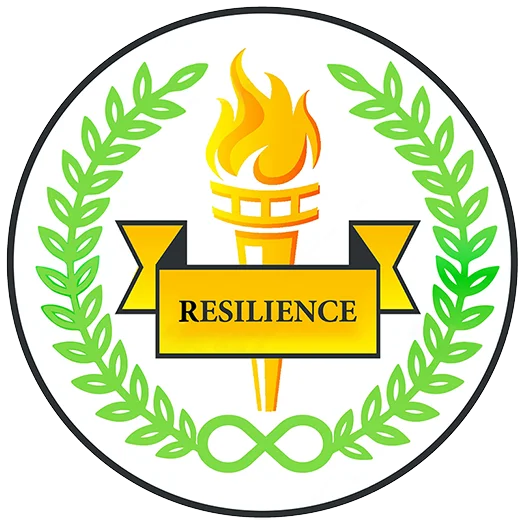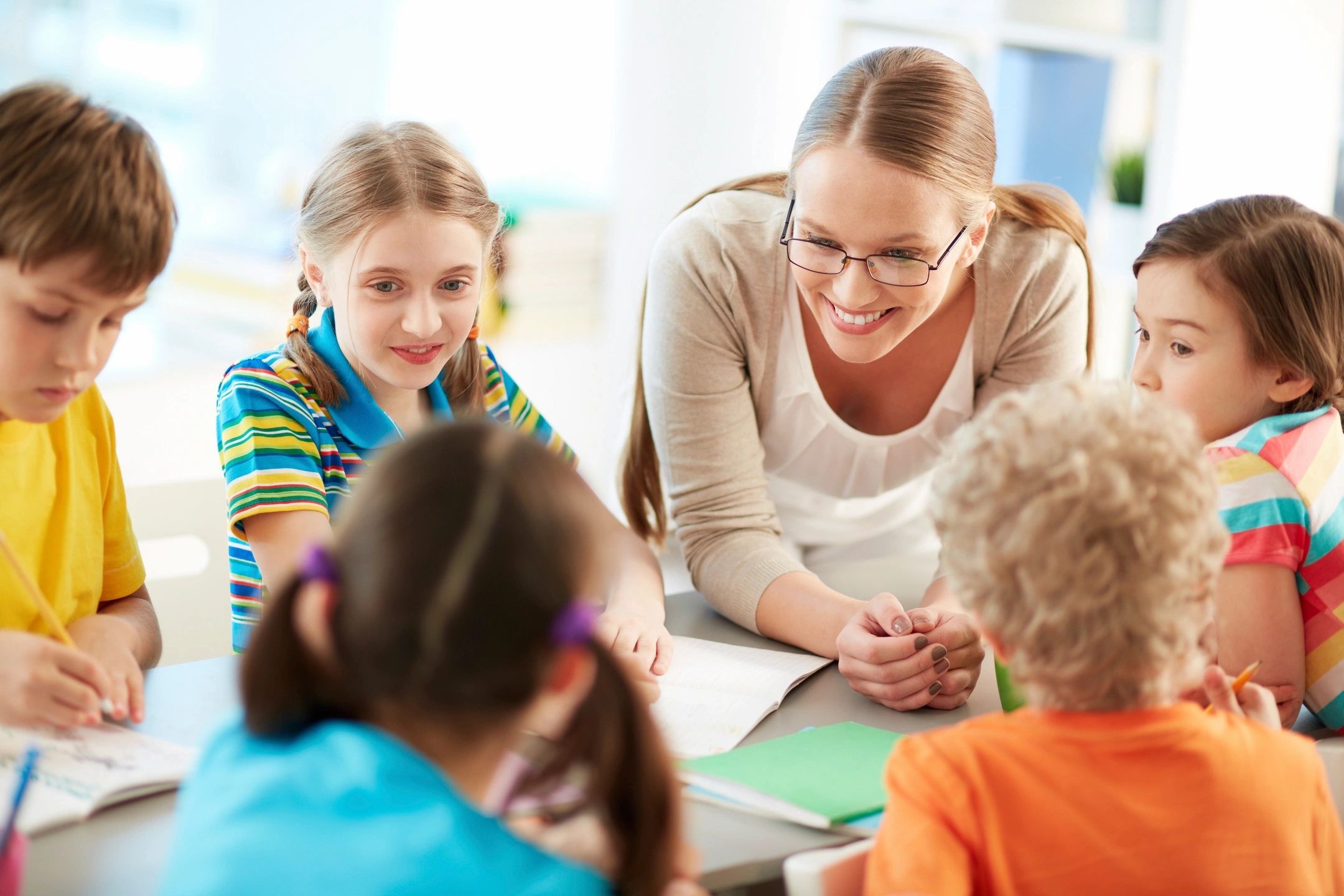Introduction
A common complaint of students is that they receive an unbalanced education. While schools teach math, science, and English, guidance about how to manage mental and emotional needs is neglected. Social emotional learning is a concept that supplements academic teachings with a personal wellness toolkit.¹ Also known as SEL, social emotional learning can decrease problematic behaviors in individuals by teaching them how to regulate their emotions, achieve their goals, and assert more ownership in their lives.
What is SEL?
Social emotional learning is a framework that helps people build mental, social, and emotional strength. SEL teaches individuals how to understand and manage emotions, build and maintain healthy relationships, make informed and responsible decisions, and be compassionate members of society. Topics covered include growth mindset, gratitude, conflict resolution, cultural awareness, and peer pressure.²
There are five core tenets that comprise SEL: self awareness, self management, social awareness, relationship skills, and responsible decision making. Self awareness refers to maintaining an informed understanding of one’s own thoughts and emotions. Self management is about asserting control and ownership of these thoughts, emotions, and behaviors. Examples of self management include setting goals and following through. Social awareness relates to being able to understand and empathize with others’ diverse perspectives. Relationship skills, such as listening, communication, and boundary setting, are taught to promote positive relationships. Responsible decision making refers to making decisions based on respect to yourself and others, and that are mindful of potential consequences.³ ⁴ ⁵
Together, these tenets build emotional intelligence and valuable life skills that can be used to navigate complicated situations. By teaching people how to maintain a strong sense of agency despite uncomfortable or negative emotions they may face, SEL can decrease the occurrences of aggressive displays and harmful behavior in individuals.⁶
Value of SEL
Implementing social emotional learning in schools is a targeted, systematic solution that will help students develop a strong foundation with which to tackle the challenges in life. Issues like school shootings, suicides, substance abuse, domestic abuse, and depression are among core problems that can be mitigated with the usage of SEL.⁶
Alongside reducing risk factors, SEL can also improve low test scores. A research study of 213 school-based SEL programs found that students who take part in a SEL curriculum have an 11 percentile point increase in academic performance compared to non-SEL participating peers. The study supports the idea that the skills SEL teaches in awareness and management strengthen emotional intelligence, which in turn, improves academic success.⁷
In addition to teaching people how to manage their own lives, SEL helps individuals to be supportive and attentive community members. By prioritizing community service engagement as a key component of building empathy, SEL teaches people how to give back to others, which helps them understand the roles they can play within their communities.¹
The soft skills gained from SEL, such as teamwork and problem solving, can have useful applications in the professional world. 92% of surveyed executives say interpersonal skills are equal to or more important than technical skills; however, 89% struggle to find candidates that meet their criteria. Teaching the younger generation SEL skills can change this current trend and in return, enhance their life satisfaction and outcomes.⁸
Opposition to SEL
SEL has been gaining more widespread adoption in schools, but critics have concerns about the curriculum. They argue that SEL is just the latest trend, that it will distract from other academic teachings, or that schools don’t have the right to set standards about how to manage thoughts and emotions.⁴ ⁹
Effectiveness of SEL
Though SEL is becoming more popular, it’s not being adopted in schools without merit. One research review claims that SEL “can promote academic success and increase positive behavior, while reducing misconduct, substance abuse, and emotional distress for elementary school students.”¹⁰ This intervention can have a positive cascading effect later in life. Another study conducted among kindergarten to high school students establishes that SEL “reduced aggression and emotional distress among students, increased helping behaviors in school, and improved positive attitudes toward self and others.”⁷ Various other studies echo similar sentiments, revealing that the facts support the effectiveness of SEL.
SEL can also be taught in conjunction with other subjects without detracting from those other subjects. For example, some schools designate SEL learning during periods that don’t typically include academic instruction.
While some people believe it’s debatable whether schools can teach their students about correct social or moral behaviors, key stakeholders tend to be in strong support of SEL. 93% of teachers want a greater focus on SEL in schools, and 82% of parents say that teaching SEL skills has become even more relevant due to the effects of the COVID-19 pandemic.⁸
Though measuring outcomes of SEL may be difficult to quantify, there is an increasing interest in conducting more studies in the field, especially with SEL’s growing popularity.
Implementing SEL
SEL can be taught in a more traditional manner with an instructor explaining concepts, along with video lessons and audio exercises. Other modalities can also be incorporated to accommodate various learning styles, such as skits, discussions, presentations, games, and technology.¹
Another way to effectively immerse children in SEL is by bringing learning to the whole family.¹ As childrens’ first teachers, parents can have a considerable influence in spreading positive messages to their children. Schools can update parents about recent SEL instruction and families can engage in conversations about the recent topics covered. This helps foster a healthy home environment while reinforcing the idea that SEL matters in all aspects of life.
If enacted in more schools, SEL has a strong potential to drastically decrease behavioral problems, and by extension, societal problems. Resilience Inc. is a company that seeks to create an impact by providing SEL curriculum to K-12 students and faculty. Resilience Inc. believes SEL to be a key factor in solving the root problems of the modern education system, including school shootings, bullying, and in-school drug use. These are emotional problems that require a systematic, institutional solution. SEL provides this through its emphasis on self awareness, motivation, empathy, and many other impactful life skills.
Resilience offers a no-cost SEL curriculum called SELENA, as well as a more extensive version called SELENA Premium. They have also developed a SELENA virtual reality game to empower users to manage fear and anxiety; My Aimee, an app that provides mindfulness enhancement exercises; and Sali, an environmentally conscious tool to help combat water scarcity.¹¹ With these products, Resilience hopes to promote a positive social impact.
Conclusion
The recent escalation of school shootings and gun violence demonstrates an urgent need to take action towards improving all of society’s quality of life. A nationwide shift towards SEL can be a turning point towards a more promising future. By fostering personal wellness and empathy for others, SEL nurtures healthy, resilient mindsets, leading individuals towards a better self and society.
References
¹ Elias, Maurice J. Academic and Social-Emotional Learning, https://www.orientation94.org/uploaded/MakalatPdf/Manchurat/prac11e.pdf. Accessed 30 June 2022.
² “50 Topics.” Social Emotional Learning (SEL) Tools, 3 June 2022, https://mylearningtools.org/curriculum-outline/.
³ “What Is Sel? Social-Emotional Learning Defined & Explained.” What Is SEL? Social-Emotional Learning Explained | Positive Action, https://www.positiveaction.net/what-is-sel.
⁴ Serani, Deborah. “What Everyone Needs to Know about Social-Emotional Learning.” Psychology Today, Sussex Publishers, 20 June 2022, https://www.psychologytoday.com/us/blog/two-takes-depression/202206/what-everyone-needs-know-about-social-emotional-learning.
⁵ “Core Topics.” Social Emotional Learning (SEL) Tools, 13 Aug. 2021, https://mylearningtools.org/core-topics-summary/.
⁶ “Why Sel?” Social Emotional Learning (SEL) Tools, 18 Mar. 2022, https://mylearningtools.org/what-is-sel/.
⁷ Durlak, Joseph A., et al. The Impact of Enhancing Students’ Social and Emotional Learning: A Meta-Analysis of School-Based Universal Interventions, https://casel.s3.us-east-2.amazonaws.com/meta-analysis-child-development-1.pdf. Accessed 30 June 2022.
⁸ “What Does the Research Say?” CASEL, 26 May 2022, https://casel.org/fundamentals-of-sel/what-does-the-research-say/#support.
⁹ Zhao, Yong. “Another Education War? the Coming Debates over Social and Emotional Learning .” Kappanonline.org, 27 Apr. 2020, https://kappanonline.org/another-education-war-social-emotional-learning-debates-zhao/.
¹⁰ Dusenbury, L., and R. P. Weissberg. “Social Emotional Learning in Elementary School.” RWJF, 26 July 2019, https://www.rwjf.org/en/library/research/2017/04/social-emotional-learning-in-elementary-school.html.
¹¹ “Teaching Life Skills & Resilience Through SEL.” Social Emotional Learning (SEL) Tools, 3 June 2022, https://mylearningtools.org/.

